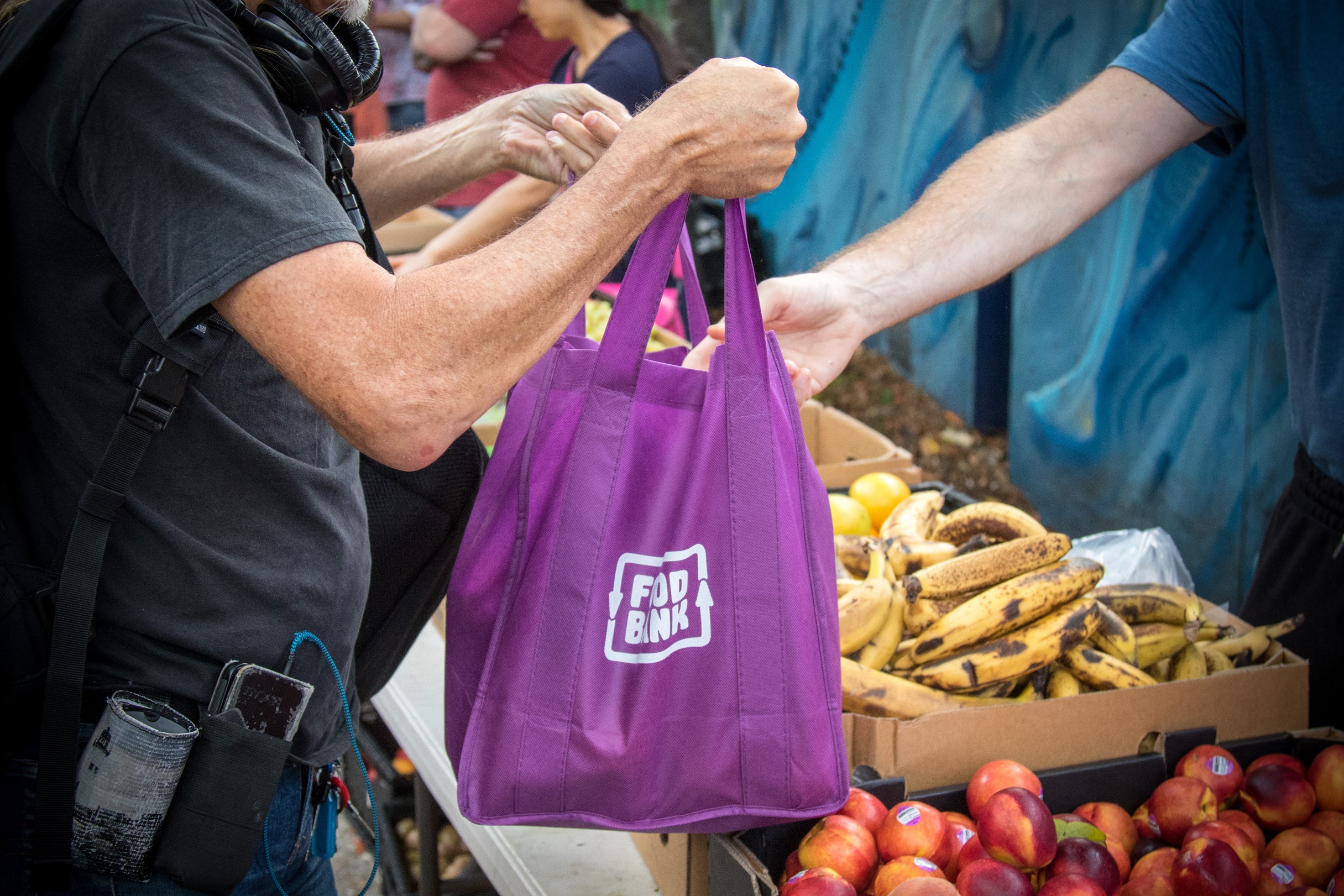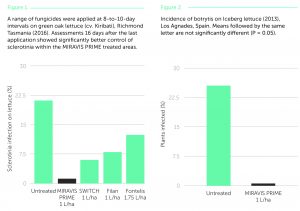
Exploring the science behind provenance verification
24 May 2021
Combating the hunger challenge facing Australian society
24 May 2021There is a new fungicide on the Australian market offering targeted control of key diseases in berries, leafy vegetables, grapes and potatoes. This product attacks fungi at multiple sites, while reducing the risk of resistance.
A new fungicide from Syngenta has been recently registered by the Australian Pesticides and Veterinary Medicines Authority (APVMA) for the control of diseases sclerotinia, botrytis and powdery mildew in fruit and vegetable crops (as per the approved label).
MIRAVIS PRIME combines proven fludioxonil (Group 12) with pydiflumetofen (Group 7) to attack fungi at four development stages in different parts of the plant. Not only do these complementary active ingredients provide optimum protection for increased yield and superior quality, but with two modes of action, they also help delay the onset of resistance.
Registered to control sclerotinia and botrytis in lettuce and all leafy vegetable crops, including rocket, kale and Asian leafy greens, it offers a new standard in disease control (see Figure 1).
“Trials and field demonstrations of MIRAVIS PRIME have shown outstanding control of sclerotinia, even in high disease pressure situations,” Syngenta Technical Services Lead, Dr Brandy Rawnsley, said.
“What is really exciting to see is the extrapolation of our research trials into commercial situations. At one grower site, there were 80 infected heads of lettuce in a competitor product program and only 33 in the MIRAVIS PRIME treated area (16 beds x 50m). With current prices to growers at around one dollar a head, that’s a significant increase in profit.”
Botrytis can also be a major issue for lettuce and leafy vegetable growers, particularly in protected cropping scenarios where ventilation is more limited. This fungicide has demonstrated control of botrytis in this environment as well (see Figure 2).
MIRAVIS PRIME offers Australian potato grower’s confidence to combat white mould (Sclerotinia sclerotiorum), while also providing control of early blight (Alternaria solani) and botrytis (Botrytis cinerea). No other fungicide has the spectrum and power to fight several hard-to-control potato diseases in one product.
Sclerotinia in potatoes occurs at early pre-row closure when the plant is young and relatively weak or late in the season after the crop starts to senesce. This product can be applied early in the season before row closure if weather conditions are conducive for sclerotinia or later in the season before the end of leaf drop.
The image above shows sclerotinia control in a grower trial that was conducted in South Australia. The grower used a program of two applications of MIRAVIS PRIME (on left) applied at week three and week five, compared to their standard program that included boscalid (Filan) and mandestrobin (Intuity) at week three and week five. This was in February 2020 (an eight-week crop from planting to harvest). This program resulted in 43 per cent more marketable yield than the grower’s normal program.
Short withholding periods, long residual and a one-hour rainfastness provides flexibility to growers. This – combined with a highly compatible suspension concentrate formulation that readily mixes with water and has built-in wetting, anti-foaming, anti-freeze and dispersing agents – ensures ease of use.
“With everything MIRAVIS PRIME has to offer, it will be the go-to product,” Brandy said.
“It offers a new standard of control on many levels.”
Find out more
Please speak to your local Syngenta representative or click here.
Cover image: A South Australian grower trial, with treated crops pictured on the left. Image courtesy of Syngenta.


